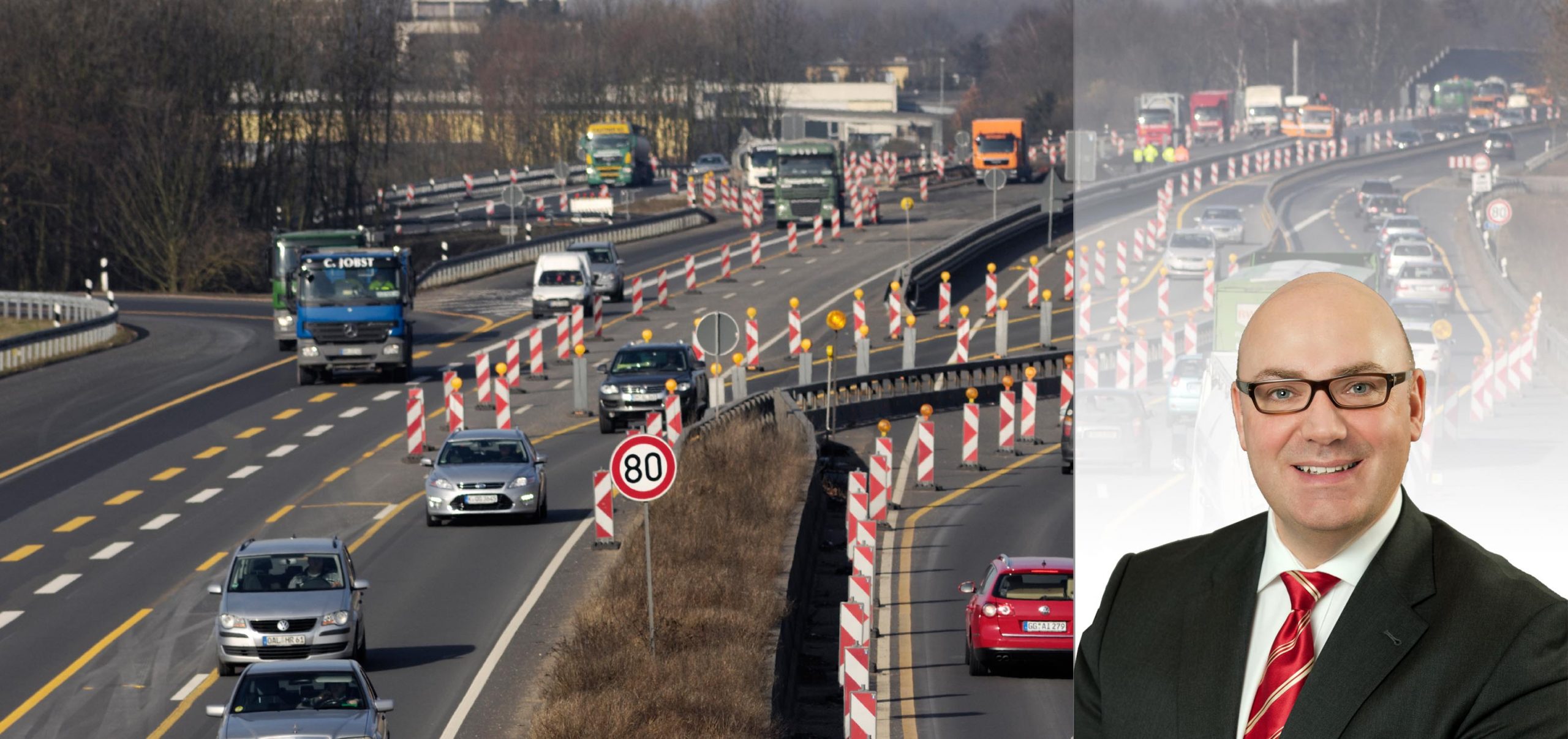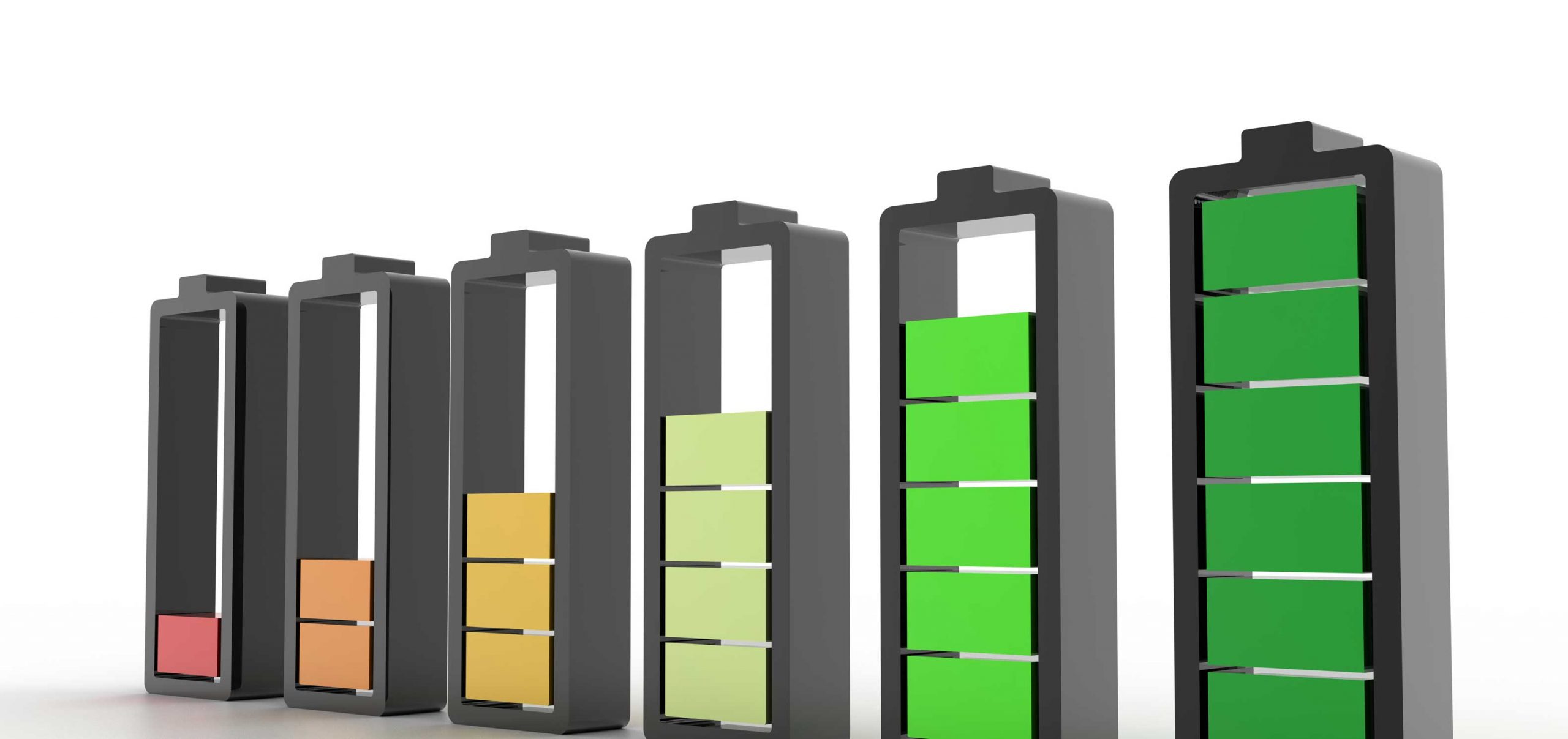
<!--[CDATA[
Associations commenting on the Federal Transport Infrastructure Plan (Bundesverkehrswegeplan) – Part 1: German Logistics Association (BVL – Bundesvereinigung Logistik e.V.) The 21st of March 2016 was an important date for the future of the German logistics sector. It was on that day that Federal Minister of Transport Alexander Dobrindt introduced the draft bill for the Federal Transport Infrastructure Plan 2030. Thus, the infrastructure planning policy for the next 14 years is now on the table. But how do Germany's logistics experts evaluate the decisions, and what expectations do they have of the current discussion phase? Freight Connections spoke with two leading representatives of the German logistics industry. In part 1: Prof. Dr.-Ing. Raimund Klinkner, Chairman of the Board of the German Logistics Association (BVL).
Part 2: Learn how the President of the German Freight Forwarding and Logistics Association, Matthias Krage, sees the Federal Transport Infrastructure Plan 2030.
What is your overall impression of the draft version of the Federal Transport Infrastructure Plan (BVWP) 2030?
I see it as a step in the right direction, but unfortunately not as a real breakthrough. The plan for the years 2016 to 2030 provides for a total of 226.7 billion Euros, which is an investment of 15 billion Euros per year – after 10 to 11 billion in recent years. The demand made by the BVL in the year 2012 to increase investment to 20 billion Euros per year is still valid – which means that, in our view, an annual investment gap of five billion Euros remains.
Do you think the relationship between maintenance and development of existing structures and the planning of new roads is appropriate?
Almost 70 percent of the planned investments will be allocated to maintenance and replacement, 30 percent for new construction. This sets clear priorities. Maintenance and replacement investment will rise in absolute terms from 83 to 141.6 billion. That is a much needed and probably not nearly sufficient increase. Strategic planning and implementation of new building projects is falling behind. This is not what I would call actively shaping transport policy, and cannot satisfy the logistics sector.
Even some of the priority projects in the last Federal Transport Infrastructure Plan were not realized. Is the federal government too ambitious or German planning law too rigid?
I don’t believe we can actually be too ambitious when it comes to the issue of infrastructure in Germany. Efficient transport routes and smooth logistics are the prerequisite for the German industry to continue its success story. That is what ensures prosperity in this country. German planning law has its peculiarities – and there is much room for improvement.
How do you assess the weighting in the plan between the various modes of transport?
The decision-making process via three scenarios that take into account the respective transport performance, sustainability aspects and the budget estimate in 2016 appears interesting and understandable. Let’s hope that this also includes intermodal transport, the smooth transition from one mode to the other, so that the strengths of the individual modes of transport can be better utilized. Unfortunately, the term “intermodal” is not used once in the entire planning document.
Does infrastructure expansion require additional resources and if so, who should raise them – taxpayers or users?
Yes, additional resources are required. User financing can be a very useful tool, but it should not be added to an existing tax system. New structures have to be created. Tax revenues are currently developing very positively. The investment of a significant portion of revenues in infrastructure would be a far-sighted decision. User charges should be increasingly and systematically used for current maintenance – be it through tolls or specific charges.



